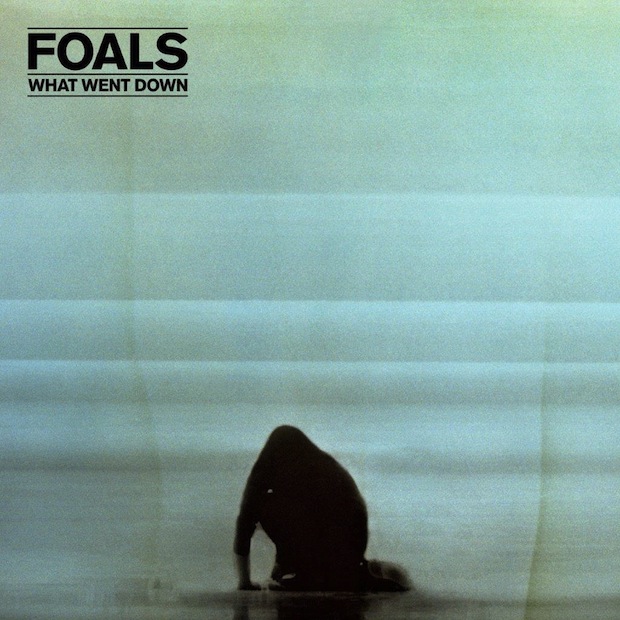British rock outfit Foals are known for developing their sound throughout each of their records, and their newest offering, What What Down, is no exception. Foals are perhaps best known for jangly rhythmic guitar melodies and punchy bass and drum lines, most notably found on 2010’s Total Life Forever. Though this sound is what made Foals a household name in the United Kingdom, Foals have an incredible variety within their back catalogue, ranging from almost primal tracks filled with raw energy and heavy distortion to songs that drip with atmosphere and simplicity. This multiplicity has turned Foals into their own genre, which speaks to the incredible originality and diversity they hold themselves to. Once again, all facets of their creativity are on display.
The album’s opener and title track “What Went Down” sets a high mark and cruises from one crunchy pitch-shifted riff to the next, leaving the listener begging for a chance to catch their breath. This all stews into an almost cataclysmic wall of sound as the song comes to a conclusion, culminating in Foals frontman Yannis Phillippakis barking, “When I see a man I see a liar.” Unfortunately, the energy levels found within “What Went Down” are never reached at any other point throughout the record. Despite this, there is a consistent barrage of catchy hooks and rhythms throughout the remaining tracks; songs such as “Birch Tree”, “Mountain at my Gates” and “Lonely Hunter” capture that perfect mix of alt rock and indie pop that shot Foals into the stratosphere of the indie scene in 2010.
Throughout What Went Down, Foals seem to put a new emphasis on the use of MIDI sequencing and keyboards. Edwin Congreave has held down the role of keyboardist in Foals since the band’s first release, Antidotes, in 2008, but this may be the first time his sequencing and playing are heavily prominent throughout an album, especially in “Lonely Hunter” and at the ends of “Night Swimmers” and “Birch Tree.” At a few points it can feel a bit overwhelming, but for the most part, this expansion of keyboards within the record adds another dynamic level to the whole album, which helps hold it together more cohesively.
The other progressive element of What Went Down is the general tone that comes across. Foals’ past two releases (Total Life Forever and Holy Fire) felt polished and crisp around the edges, but at times, What Went Down can feel like an uncaged animal. The group, along with engineer Jimmy Robertson, have conjured a very raw and instinctive sound that breathes life into each track.
Despite these highs, What Went Down does falter in some areas. The most noticeable issue with the album is its repetitive nature. A prime example of this is “Mountain at my Gates” and “Birch Tree,” which are the second and third tracks, respectively. When listening to the record in succession, the start of “Birch Tree” sounds like a continuation of “Mountain at my Gates,” as it carries the same chord progression. Though “Birch Tree” does break away from this initial stunned feeling into a unique and charismatic track, you still can’t help but find yourself singing “I see a mountain at my gates” in the back of your head. This is also noticeable, though less so, between the heavy riffs found in “What Went Down,” “Snake Oil” and “Night Swimmers.” Though these riffs aren’t matching chord-wise, their rhythmic similarity is undeniable.
Though there are remnants of the jangly math rock days of Total Life Forever and pieces of the arena rock complexities of 2013’s Holy Fire, What Went Down is Foals’ firm declaration that they are determined to continue experimenting with their sound and forging into previously uncharted sonic territories.


